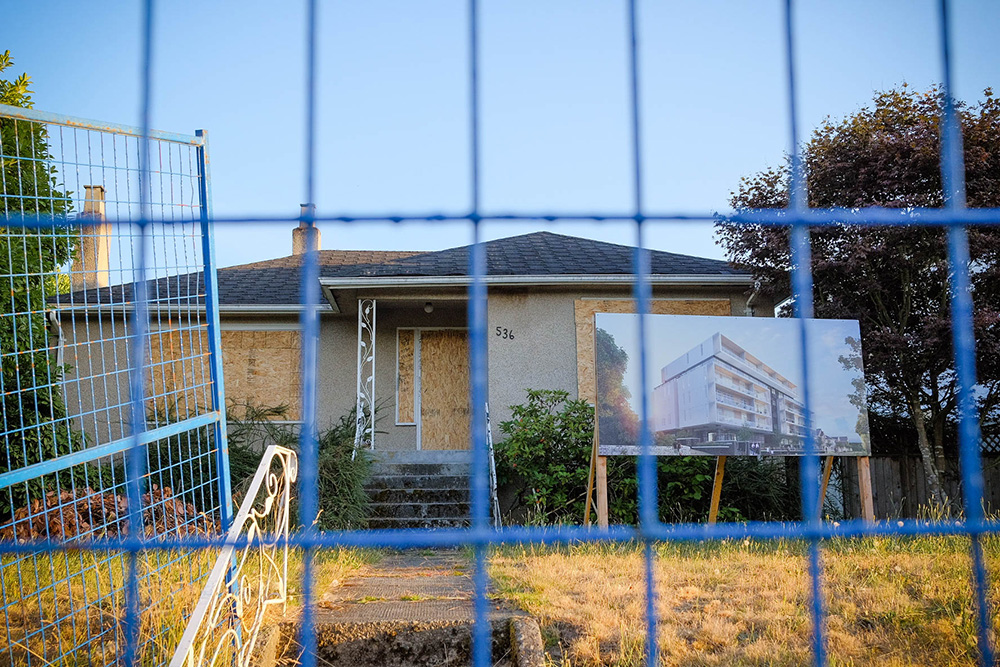I usually don’t praise anyone who takes money from the notorious climate change denying Koch brothers, but last week the Fraser Institute did us a service by breaking down municipal government spending in the region on a per capita basis.
It turns out that Vancouver spends 80 per cent more per capita than Surrey — $1,944 per person in Vancouver compared with $1,057 in Surrey.
Having lived in Vancouver for over two decades and worked on projects in Surrey for nearly as long, I am having a hard time understanding why there is such a huge difference. It can’t be because Vancouver is growing faster and generating higher demands for new local services. Surrey’s population is exploding — up 29 per cent in 10 years — while Vancouver’s growth is comparatively anemic at less than eight per cent over the same time span.
As some readers know I have been trying to come up with some solution to Vancouver’s horrible housing crisis and, until a badly-timed stroke cut short my mayoral bid, that was the main plank in my electoral platform. My proposal was to redirect tax revenues as much as possible to ending this crisis by dramatically increasing Vancouver’s inventory of non-market housing — co-ops, land trusts and non-profit housing corporations — from 15 per cent to 50 per cent of total housing. That would be enough to provide secure housing for everyone who commits to living and working in this city.
One of the objections to expanding the city’s role in providing housing is cost. While the rents paid by non-market housing residents would be sufficient to cover the cost of construction and maintenance, an initial subsidy would be needed to defray the absurdly high cost of Vancouver land.
And while the federal and provincial governments have promised money for housing, they have both been painfully slow in disbursing some, or even in signalling what kind of support will be forthcoming. So it’s fair to say that if we wait for Victoria or Ottawa to solve the housing crisis we will be waiting a very long time indeed — perhaps forever.
If Vancouver citizens want to stop our slide toward becoming the Monaco of North America — a pretty place for the rich to park cash and for the rest of us to visit now and then — we need to act locally, and fast.
The Fraser Institute study creates a moment to add substance to this proposal. Rather than just raising taxes to acquire funds needed to purchase land for non-market housing, what if we were to shift expenditures to housing over time, bringing our non-housing expenditures in line with Surrey’s apparently adequate levels for all other expenditures? How much could that generate for housing per year?
The difference between $1,944 and $1,057 is $887 per person. Vancouver has roughly 650,000 residents, so that comes to $576 million. That much money, with current land prices of roughly $1.5 million per residential lot, is enough to buy 384 lots per year. At an average residential density of five dwelling units per lot (which is relatively dense at 65 dwelling units per net acre), that’s enough land for 3,800 people more or less. In the next 10 years we could permanently house 38,000 wage earners in secure housing. If Vancouver can convince the federal and provincial governments to at least match that amount, we could house 76,000 people securely in that same time span.
The proposal I make is partly serious, and partly, perhaps more importantly, to make a point.
It makes no sense for the City of Vancouver to budget the way it does if all of this extra spending only makes our city a more attractive cash deposit box for the global rich. What good is it to us and our children if everything we do, from the Greenest City initiatives to our spending on new infrastructure, only accelerates the forced migration of our kids?
It doesn’t have to be this way. We have the tools to stop this exodus by changing spending priorities so that over time we buy back land so the people who work here can afford to live here. These are our kids we are talking about. ![]()
Read more: Housing, Municipal Politics, Urban Planning + Architecture
















Tyee Commenting Guidelines
Comments that violate guidelines risk being deleted, and violations may result in a temporary or permanent user ban. Maintain the spirit of good conversation to stay in the discussion.
*Please note The Tyee is not a forum for spreading misinformation about COVID-19, denying its existence or minimizing its risk to public health.
Do:
Do not: